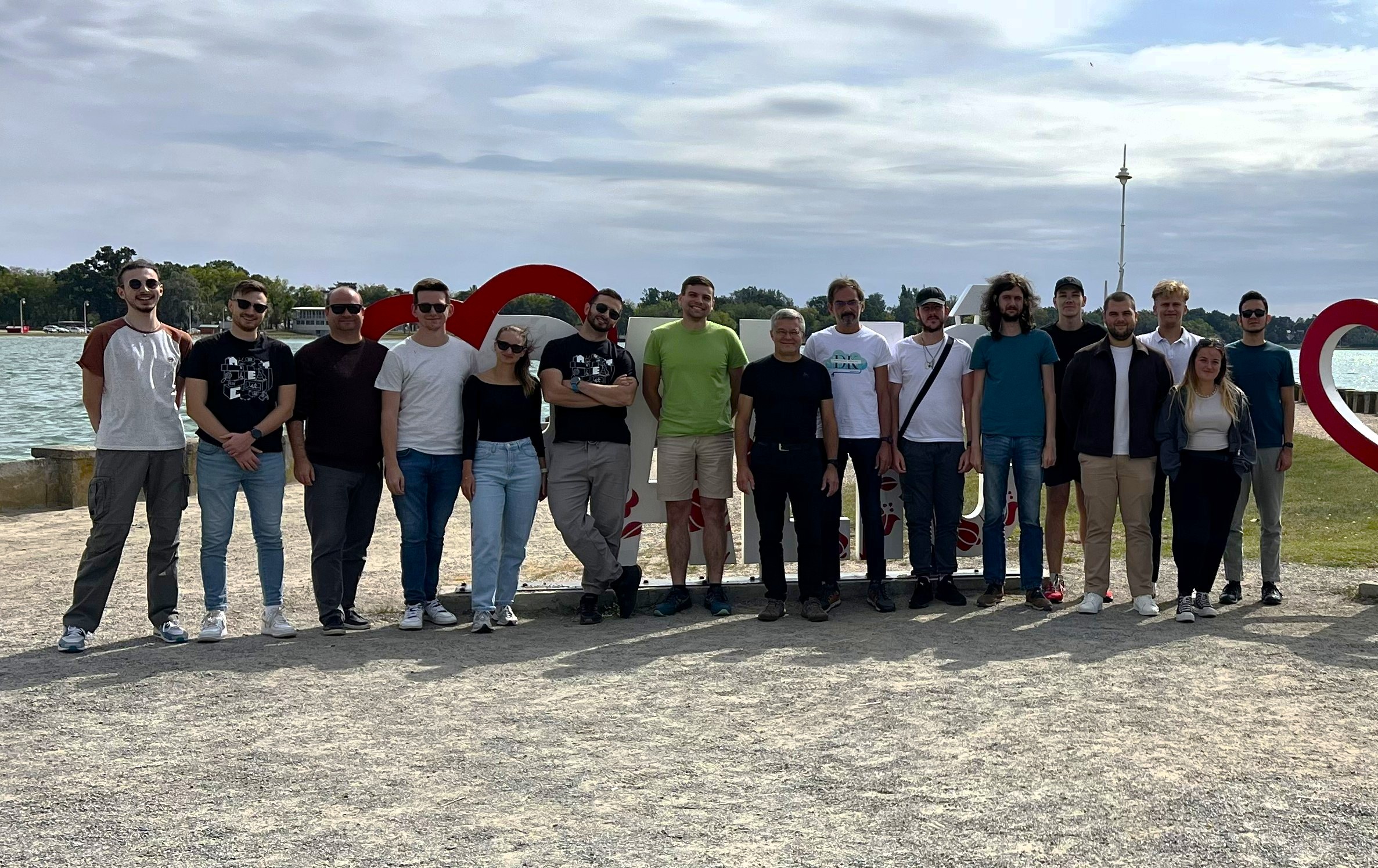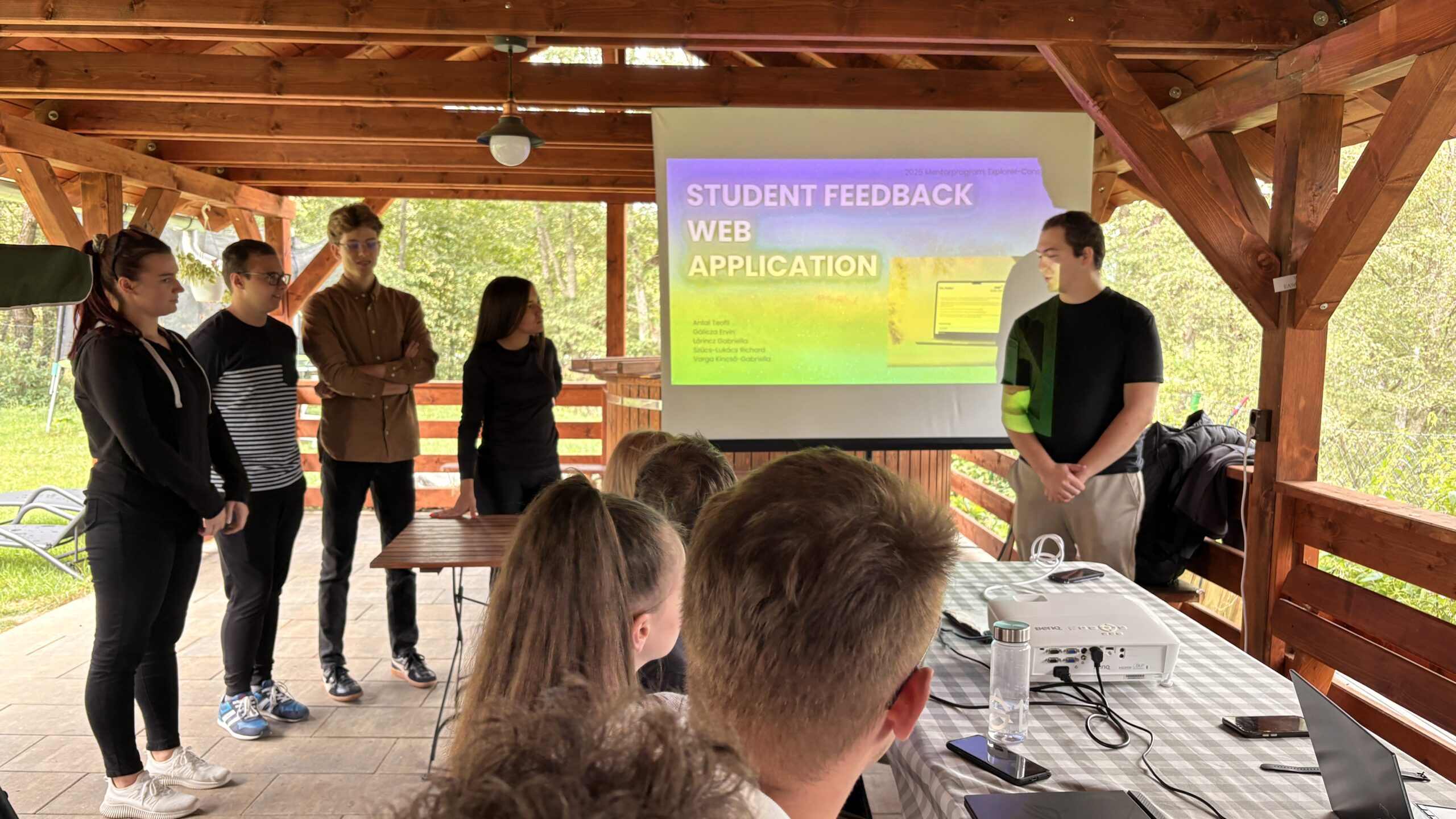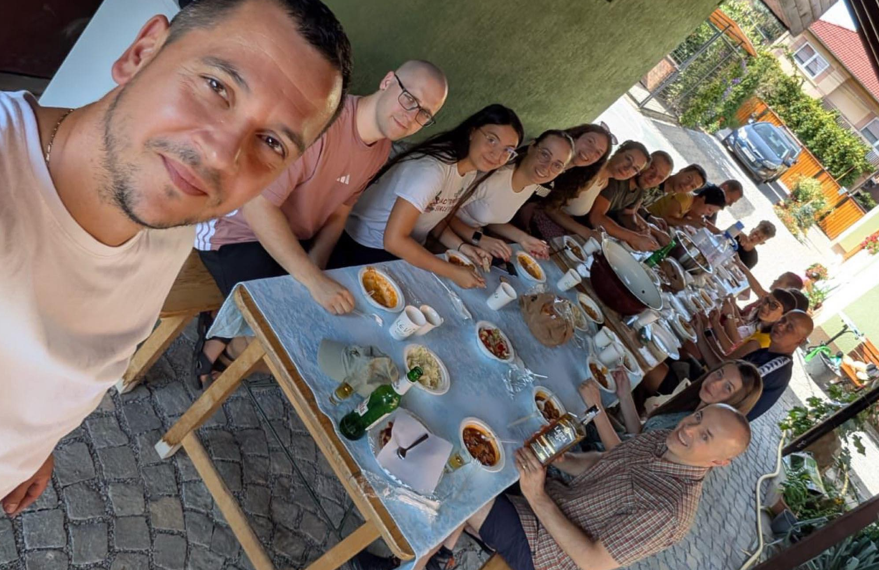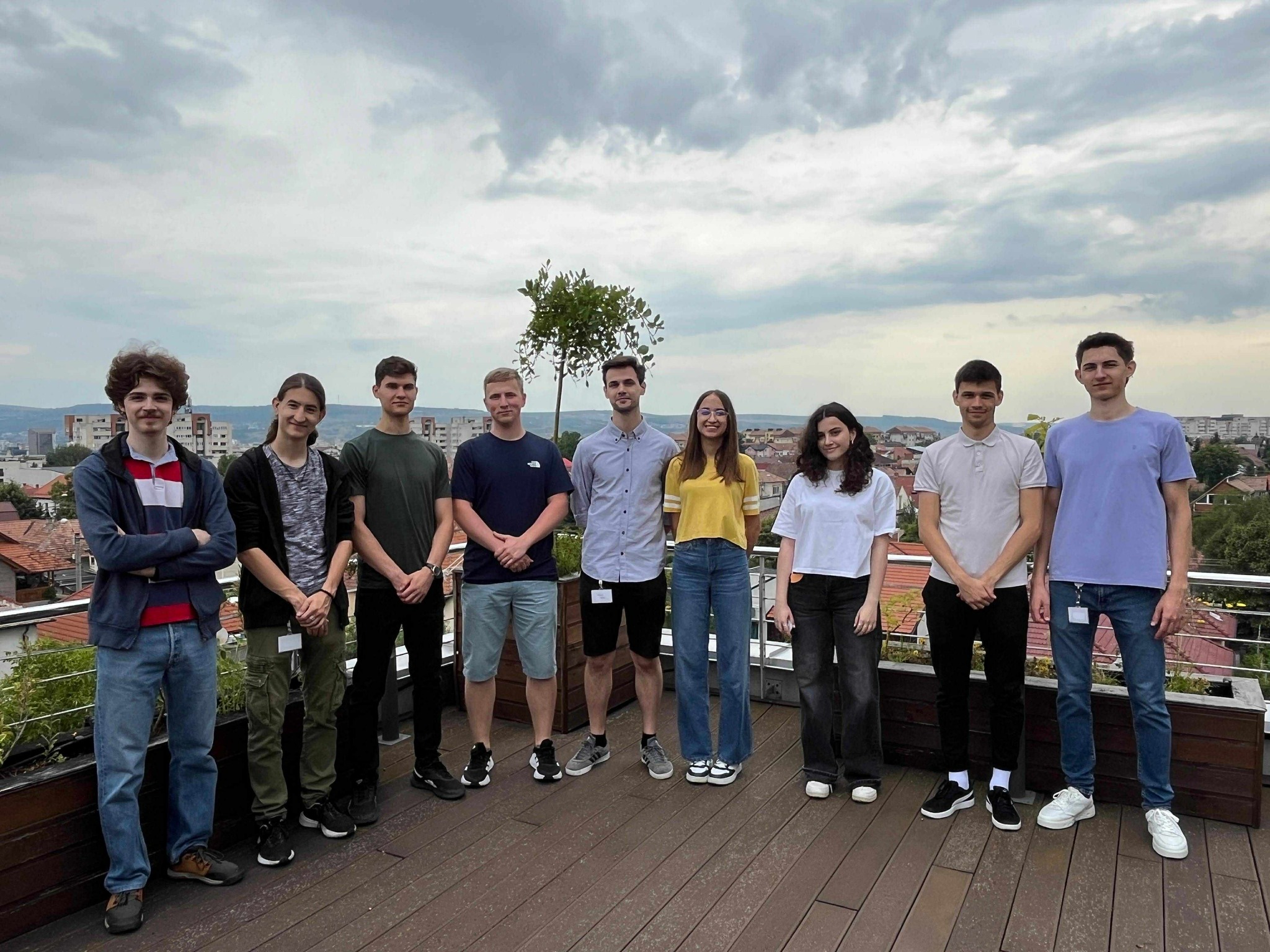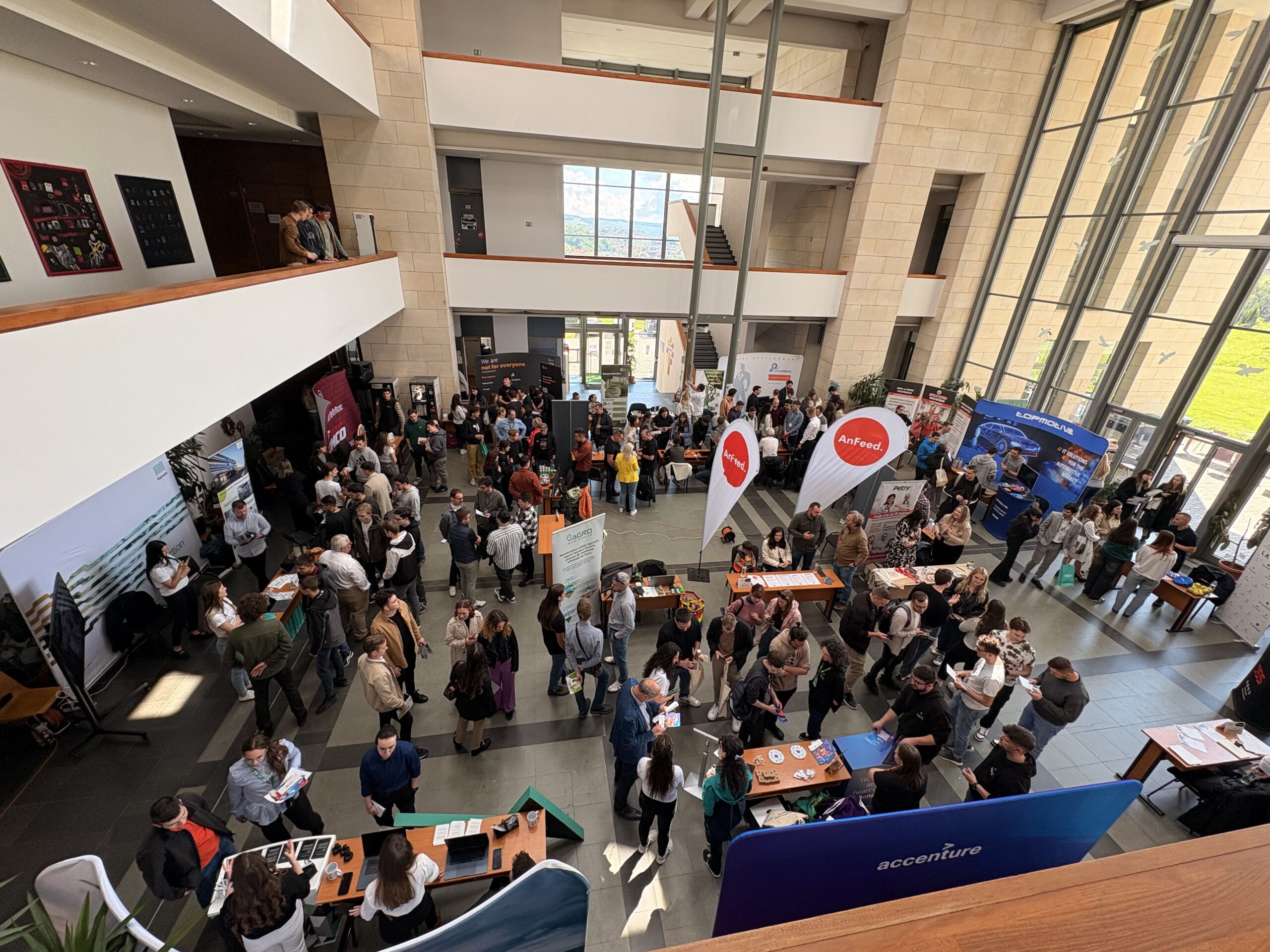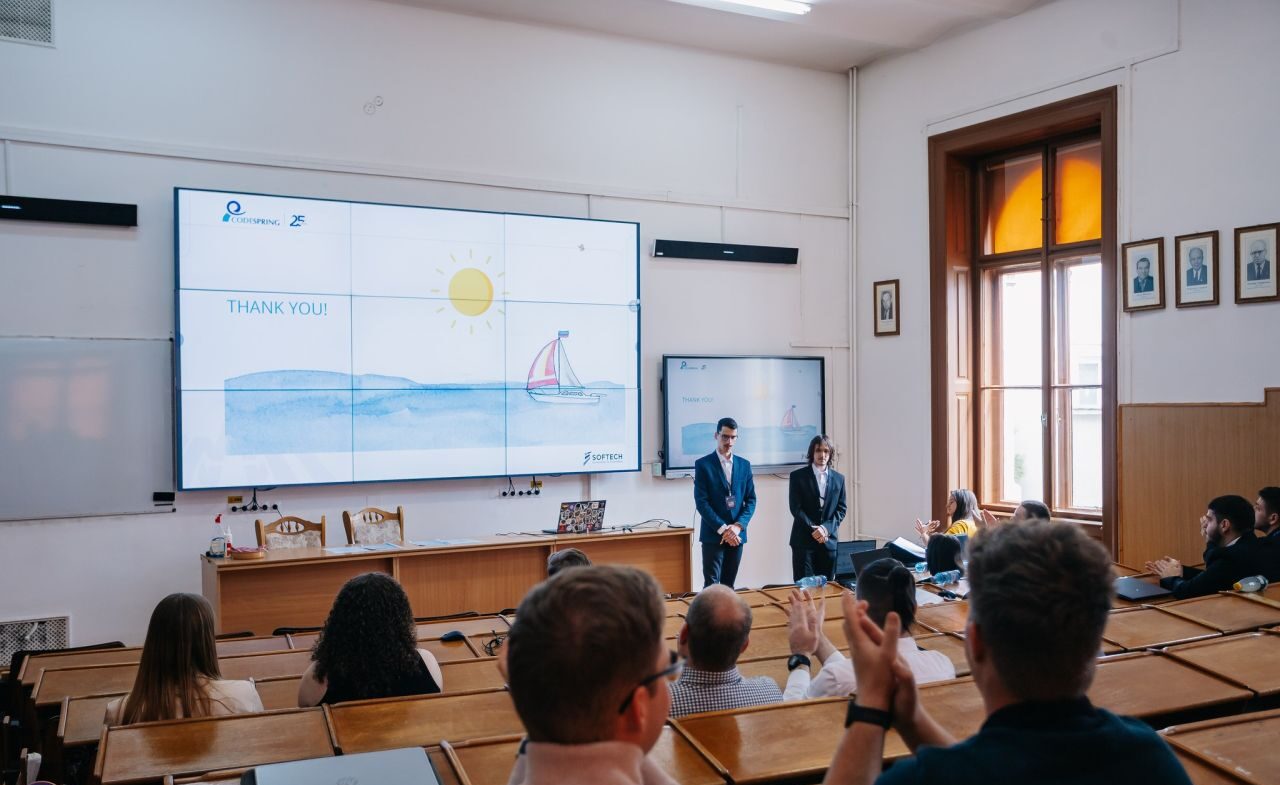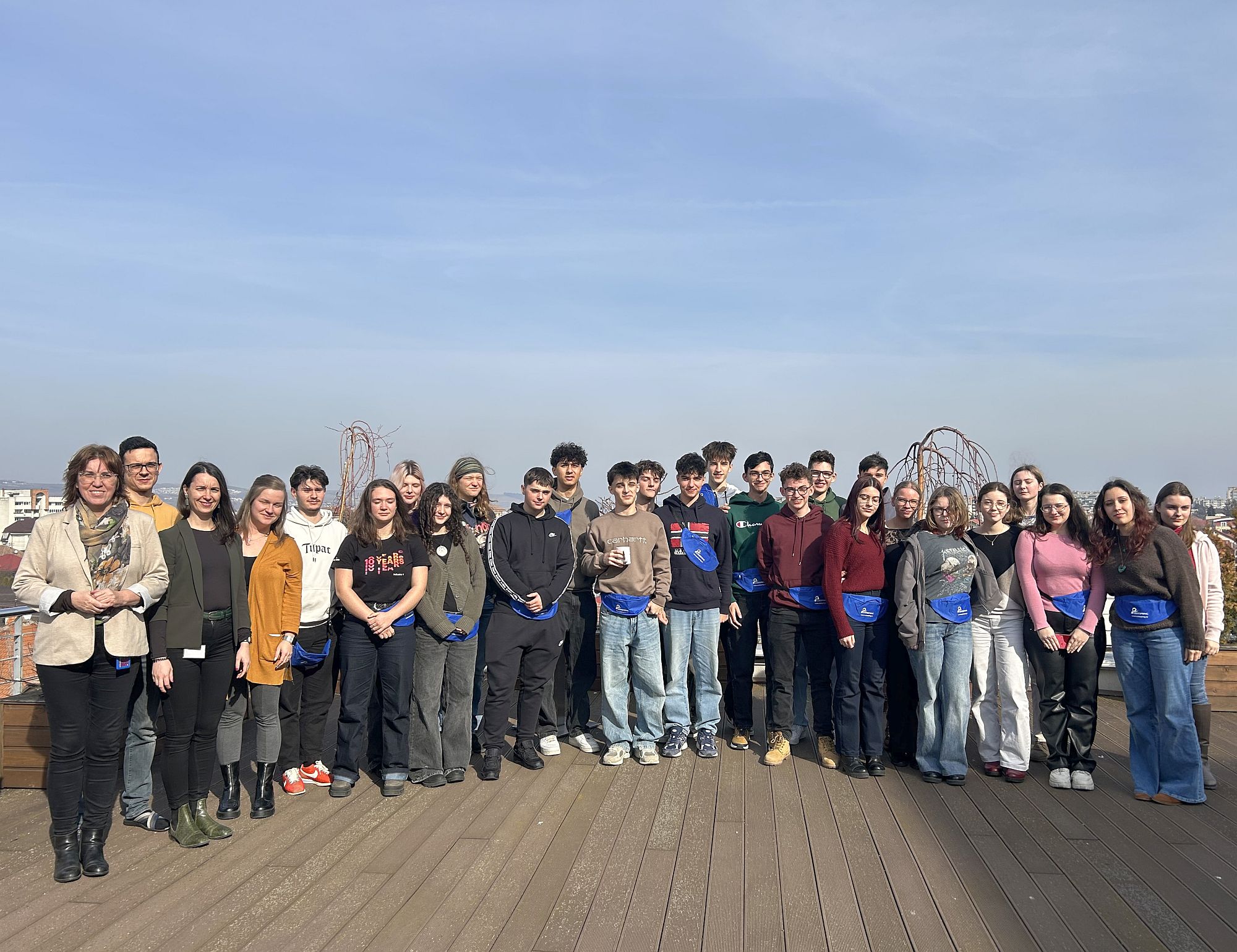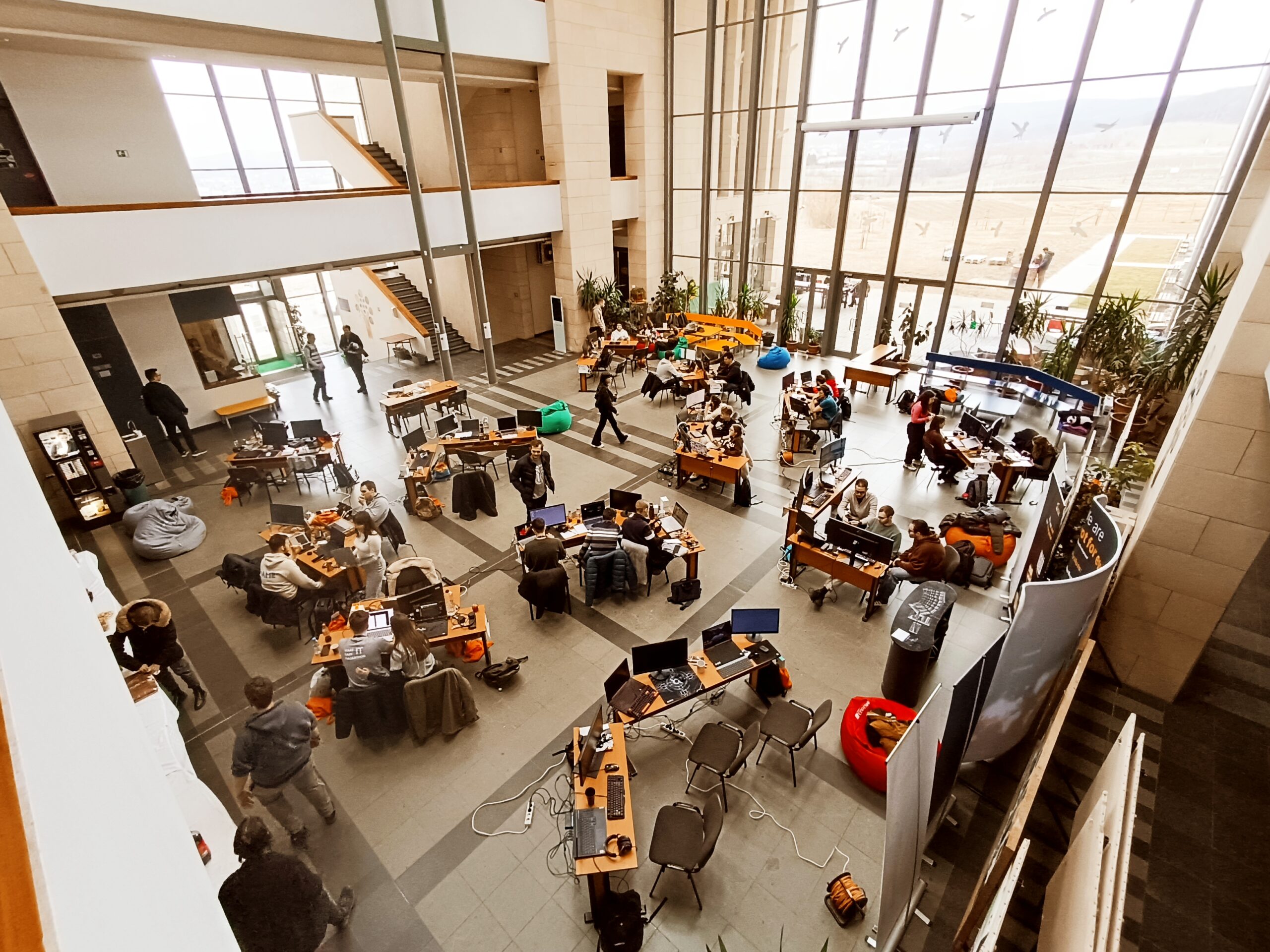Along with other EU members, Romania enters 2012 haunted by the traps residing in the turmoiled euro zone. Nevertheless, the Romanian IT&C stood out as a pillar of growth and development for the national economy, maintaining its contribution to the domestic GDP. The total export of IT Services and software development were accountable for av. 1% of the GDP in 2011. Grosso modo, the data collected over the year substantiates the hypothesis according to which investors were inspired to bet on Romania for offshoring. Agile practices combined with a transformational approach erected Romanian IT & Software offshoring providers among the few preferred destinations in the world.
The revolution of the offshoring model
IT and software services handled across the borders and remotely is something that is already common for the IT&C industry. Entering in the Terabite Age and facing major technology disruptions over the last couple of years, both offshoring services providers and customers have aknowledged the high complexity of the added-value chain in the industry. Cloud computing and hyperconnectivity pushed the market toward IT consumerization. According to recent A.T. Kearney researches, tradable services will continue to find new shores and a flexible “pay-as-you-go” approach is becoming the new business model.
In such context, long-term contracts are being replaced by short-term, efficiency and productivity oriented agreements. In order to be in the game, software offshoring providers need to incorporate BPO like operations and grow or maintain their perceived added value.
Why is Romania fitted for the new model?
As our customers and analysts have concluded, Romanian information technology and software engineers are open to innovation and change. The proliferation of R&D centers in the country and the evolution of the first comers in the field is living evidence for such attitude. We recall the readers that in 2010, according to the ITC (Institutul pentru tehnica de calcul) study, the Software and IT Services sector registered a 9,3% increase compared to 2009 data and the total exports of the same segment increased by 11.5% compared to the reference year 2009. At a more indepth look, the software development subsegment is ranked first (38% of the total software and IT Services segment turnover in 2010), closely followed by the IT consulting (20%), by other IT services (15%) and by the software products development (13%) subsegments. In the following lines, a synopsis of the Romanian 2011-2012 offshoring context will be depicted.
The shift to Romania
According to A.T. Kearney Global Services Location Index 2011, Romania is ranked 25th among 50 countries included in the top. The total score is based on three components: financial attractiveness, people skills and business environment. The weight distribution for the three categories is 40:30:30. Romania’s Total score is 5.21 resulting from: financial attractiveness – 2.54, people skills and availability – 1.03 and business environment – 1.65.
Just one rank upfront, Poland is situated on the 24th place, while Bulgaria is much ahead on the 17th place. Compared to other countries in the CEE this group of three states is way much in front of Hungary (ranked 31st) or Ukraine (ranked 38th).
Positive 2011/2012 country ratings
In order to keep an eye on how leading rating agencies evaluate Romania on the global economical and financial map, we prepared a chronological list from three of the best known companies in the field.
In November 2011, Standard and Poor’s rating services issues the BB+ rating (considered highest speculative grade by market participants) with a “stable” outlook for all foreign and local long-term credit issuers, a rating that may be raised. In December 2011, Moody’s issues the overall Baa3 rating for Romania, substantiated by the government’s low debt ratios, access to multilateral finance and promising medium term growth. On the 4th of January 2012, Fitch Rating published the Market Based Indicator of BB+ along with other BBB ratings for LT/ST Issuer and Country Ceiling. The ratings are encouraging and the outlook for Romania is stable due to recent policy reforms and external support.
Software and IT Services exports expand
If during 2009-2011 period the majority of exports were due to the hardware production in Romania, in 2012 the situation may change as one of the biggest players chose to move on to Asian territories. Thus, it is highly probable that statistics in 2012 will show a weight increase of software development and IT services in the total market value.
Nevertheless, in 2010 the software and IT services supplied for foreign customers recorded a 11.5 % growth compared to the previous year. Similar or slightly bigger growth is expected to be revealed for 2011 too.
For 2012, we estimate that companies will focus on continuous revenue growth and on the increase of profit margins that have been neglected in favour of attracting new customers to the country. Considering the type of customers that chose Romania as an offshoring destination, one can observe that along with the highly skilled human resource, they found a great advantage in the multilingual abilities of Romanian natives. English, French, German and the potential to learn on the job languages such as Spanish, Italian, Swedish, Finish and many others, proved to be critical in the decision making.
New offshore R&D and service centers
One of the clearly defined trends of the previous year was the search for the “optimal offshore location” for each type of business and industry. As we have been presenting in the past publications, there are some main IT&C centers in Romania, each of them more or less specialized on a certain sector among the main three: telecom, software & IT services or hardware production and retail.
Against the capital of Romania (Bucharest) many investors have selected cities like Cluj-Napoca, Timisoara, Iasi or Brasov for their R&D and service centers. Additionnally and less present in the nationwide studies, there are other valuable destinations like Targu Mures, Sibiu or Oradea. When looking on the map you will find out that we are talking about locations situated in Transylvania with good infrastructure, hosting historical institutions and mixed ethnic communities often delivering native bilingual people.
Transformational offshoring
At the dawn of the new selfshaping business model, cutting-edge sectors in the IT&C world have recognized the shift to a different approach in IT services and software offshoring. It is the result of the underlying creativity propelled by the technological disruptions. Companies used to integrate offshoring strategies from a tactical or strategical perspective. The idea of a transformational approach is still perceived as a revolutionary model. In fact, those who intend to be around in the next 10 years should reflect upon the fact that transformation is good and sometimes necessary. Offshored centers may provide faster solutions, may redefine processes, may allow access to new markets and help your business develop flexible work and business models. The Romanian IT&C community embraced such an approach and customers witness agility in delivering solutions and exquisite service, times and times again. (D.C.)

